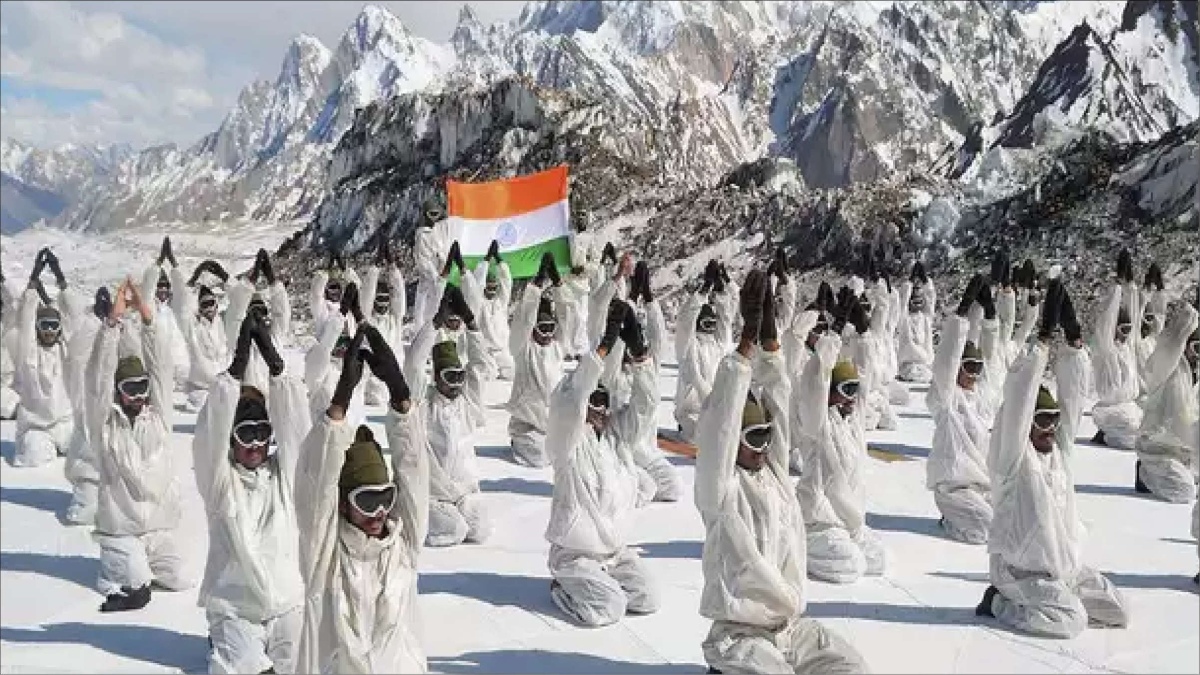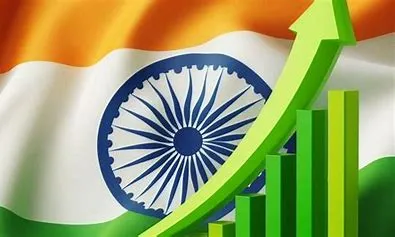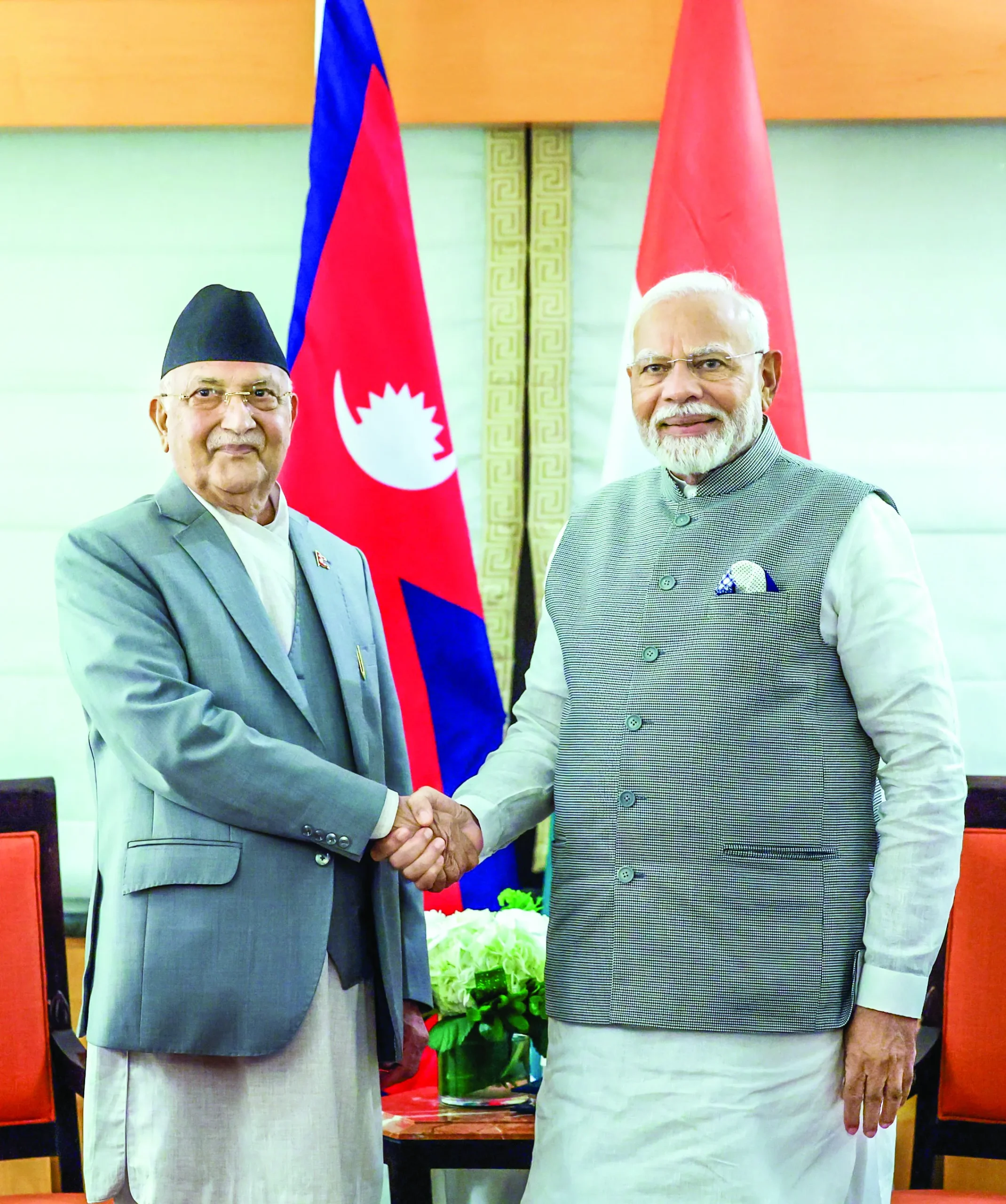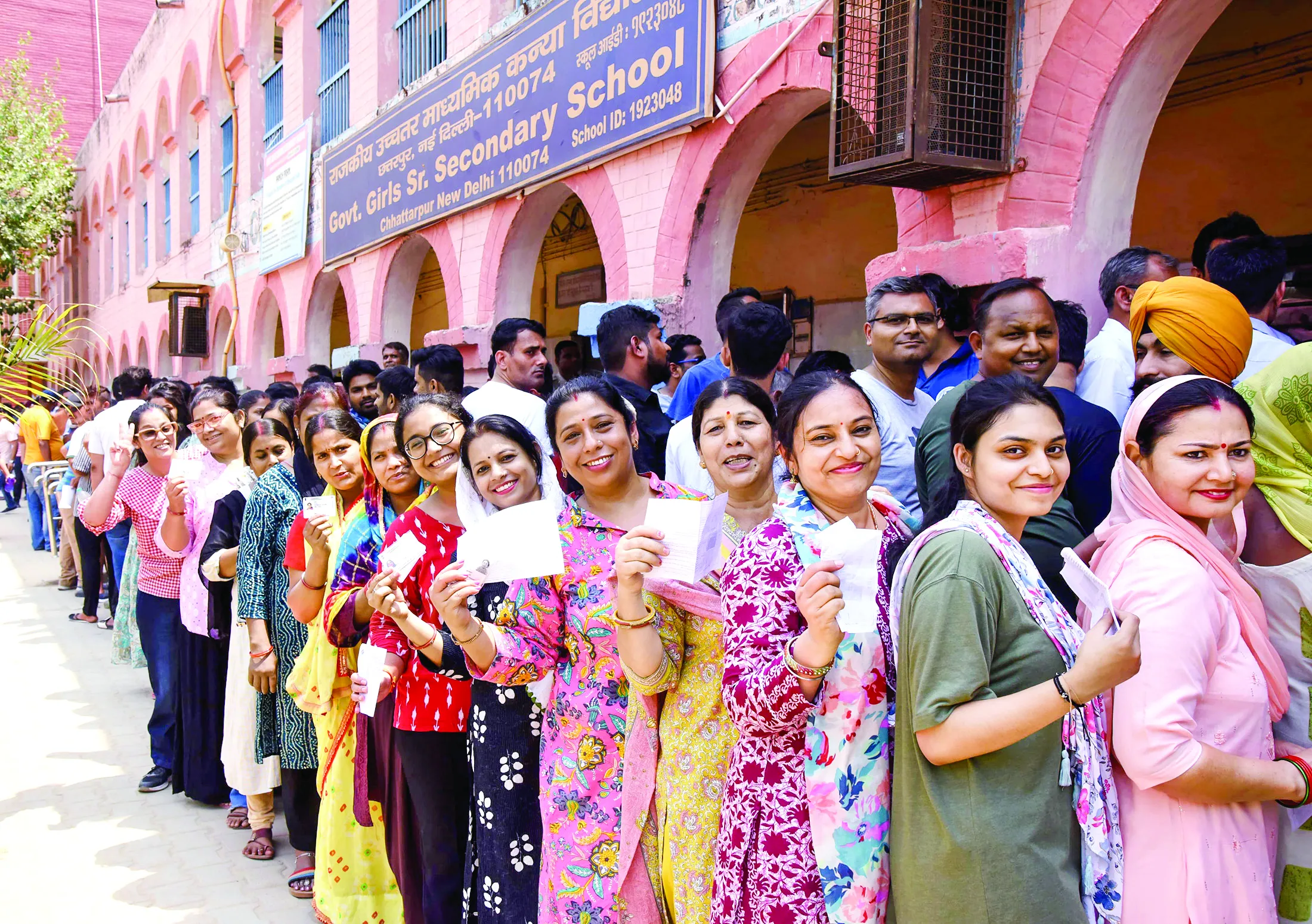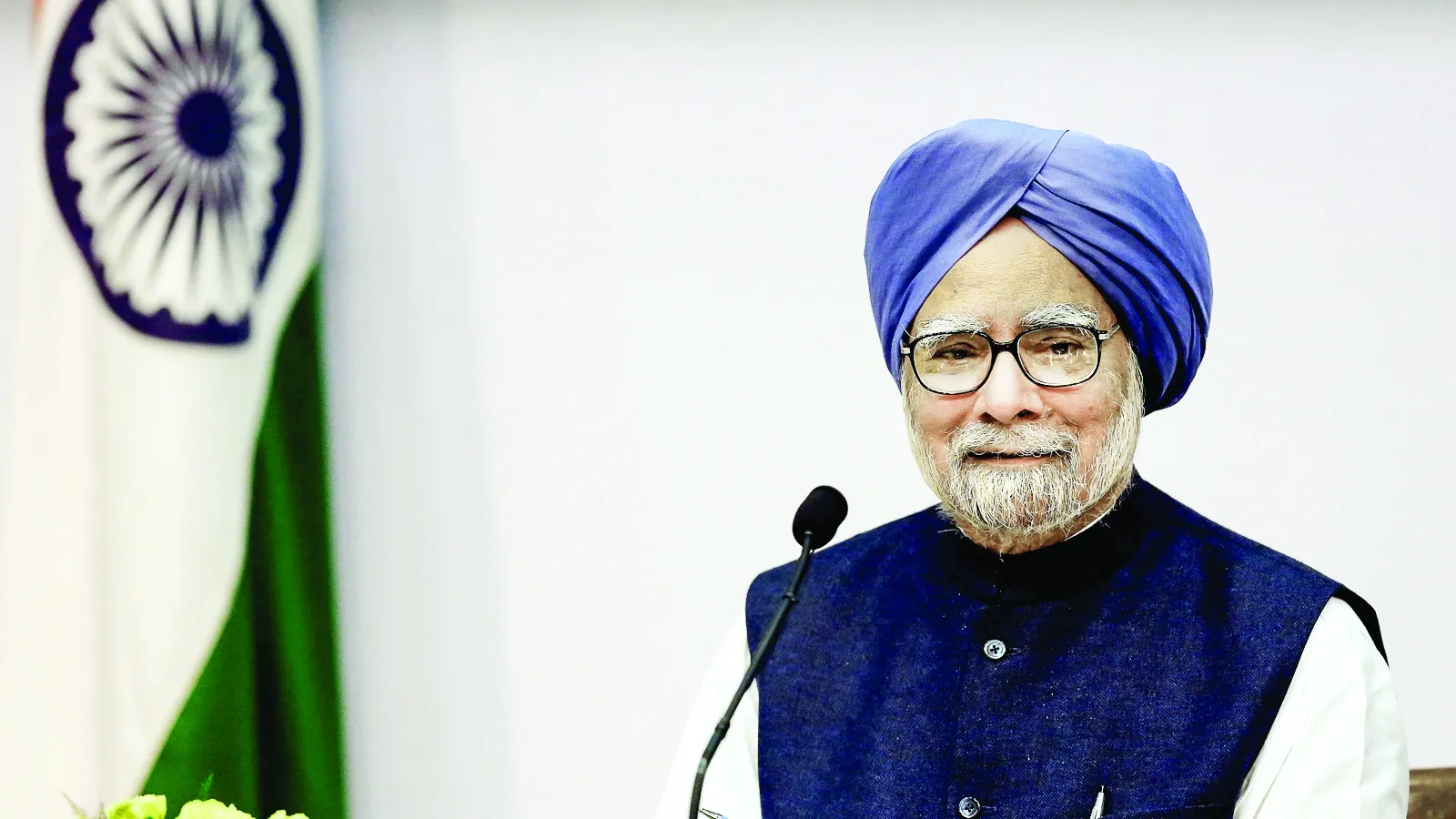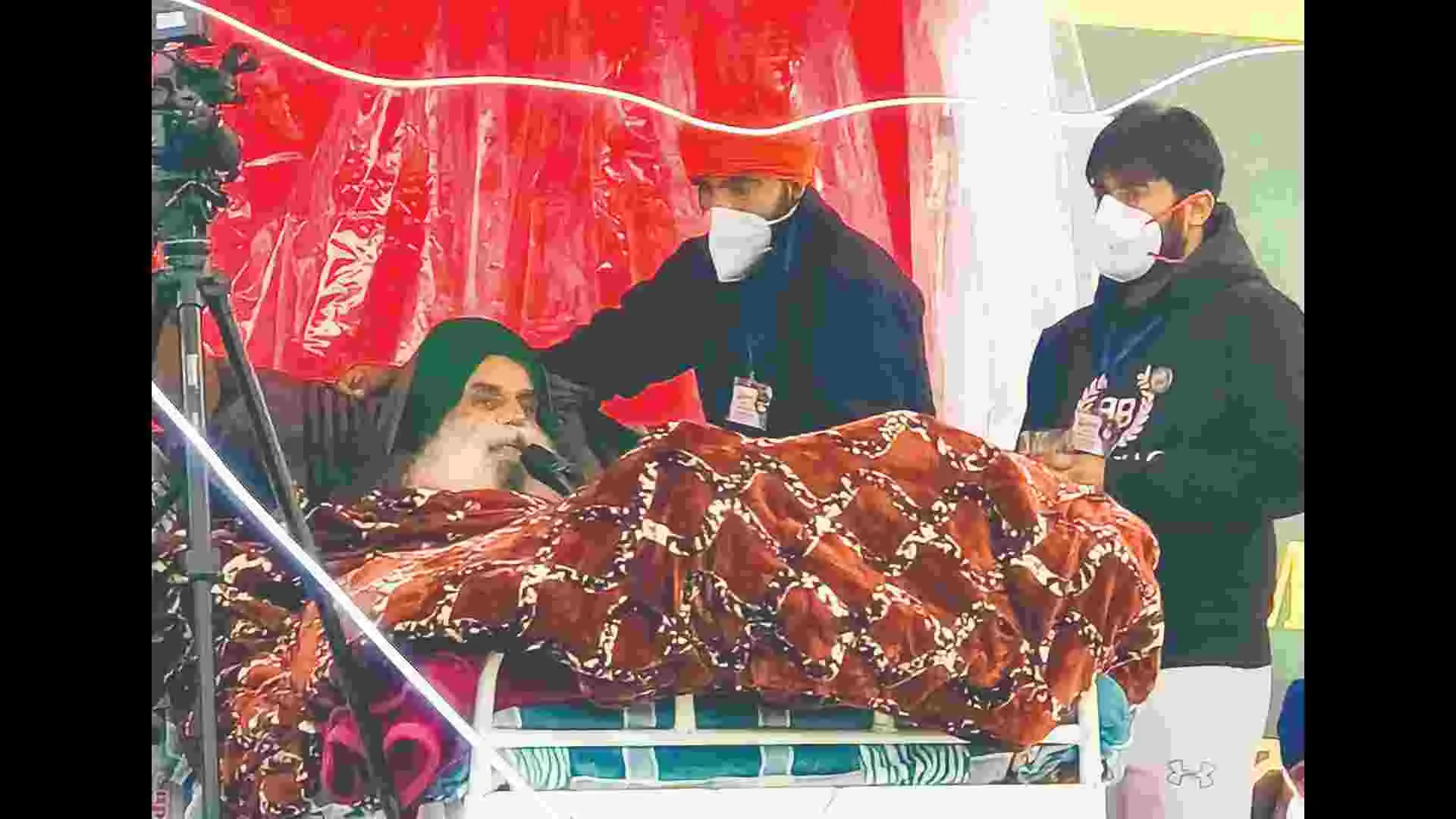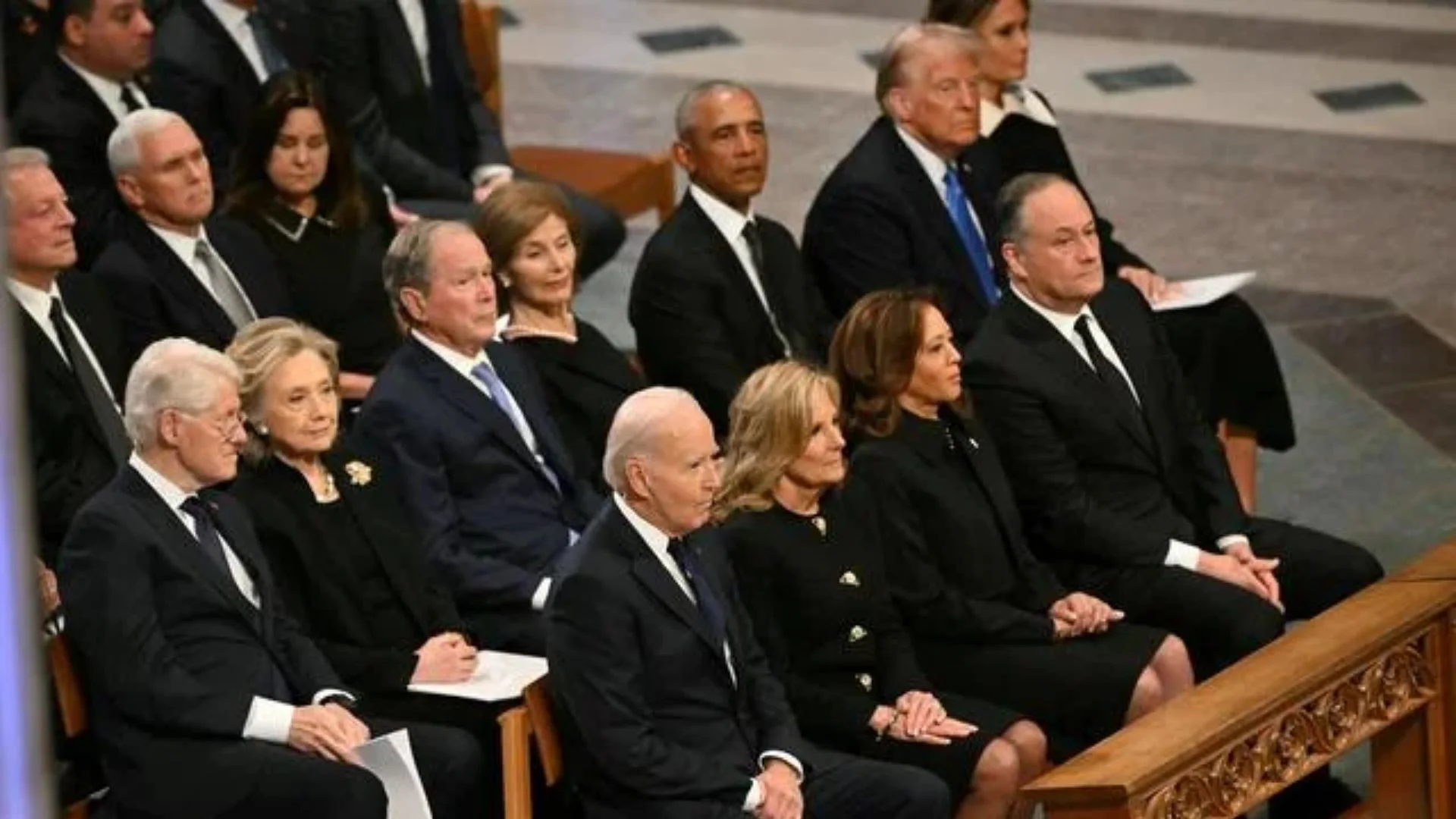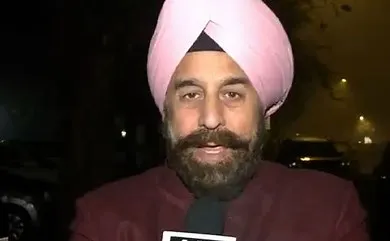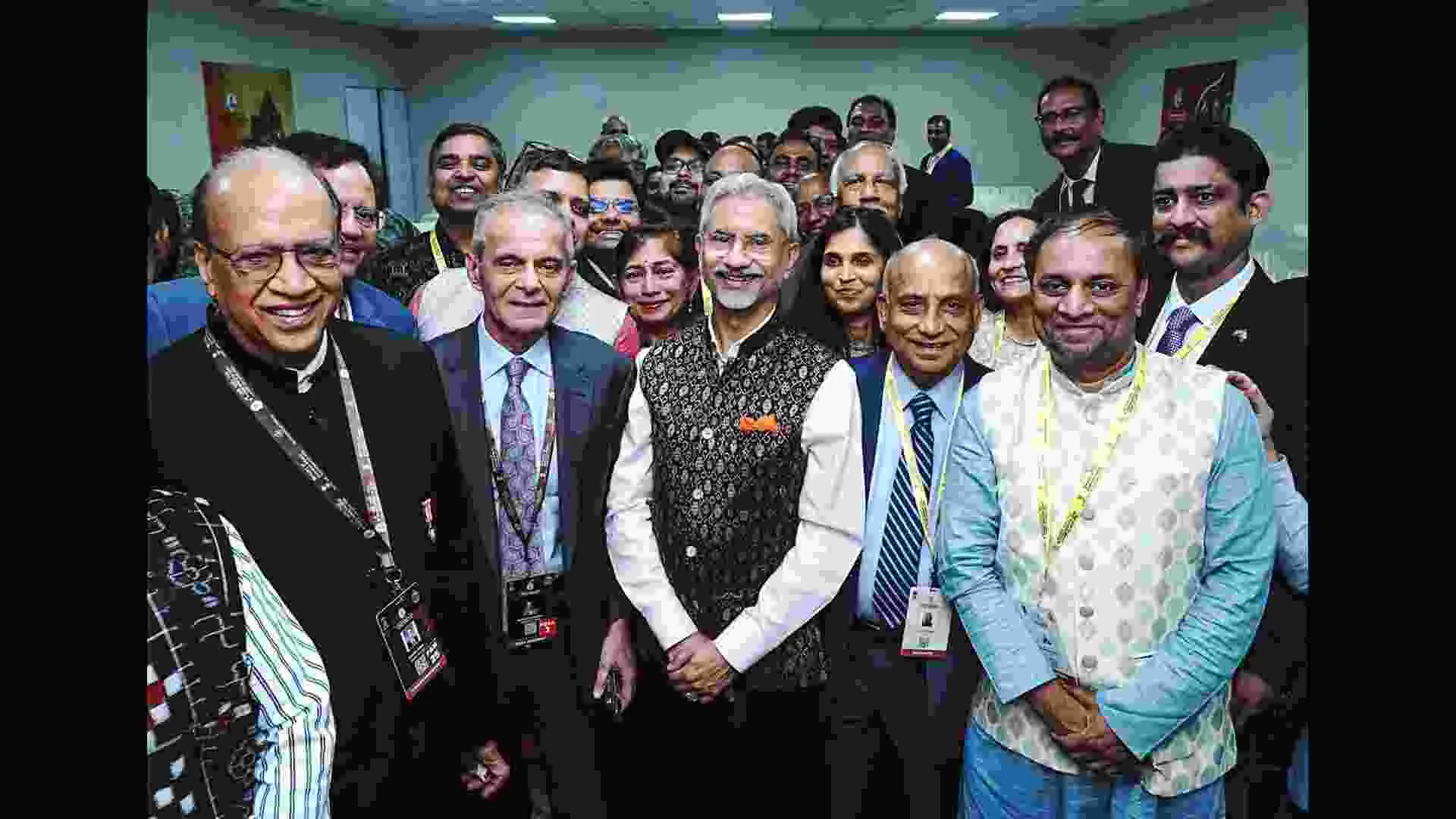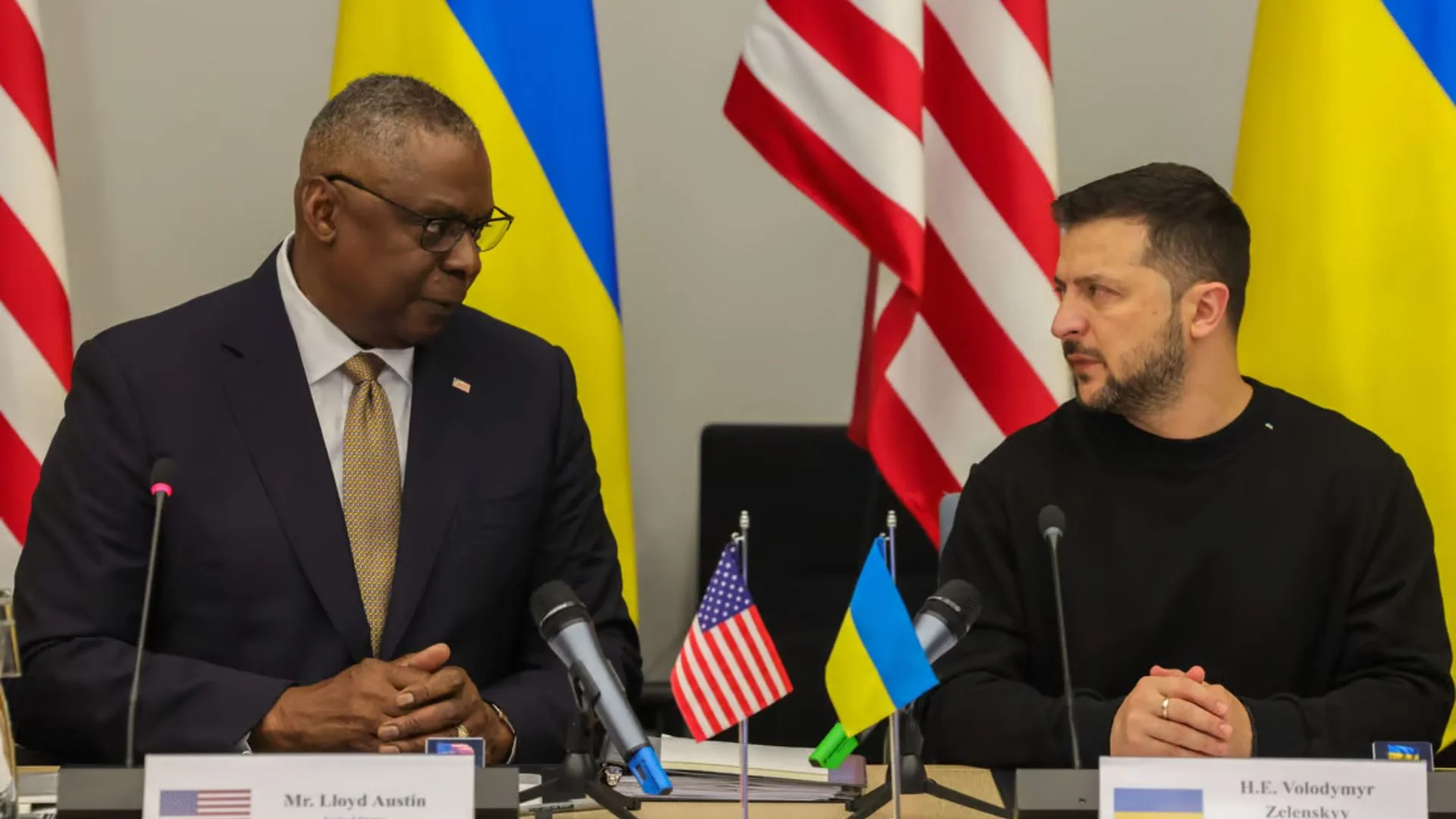The Siachen Glacier has attracted global attention for being the highest battlefield in the world where the Indian Army has been in a state of fierce conflict with the Pakistani Army since 1984. The Siachen Glacier, a remote location in Jammu and Kashmir, has become a household name because of the harsh climatic conditions in which the Indian Army has been conducting operations for more than three decades. It is no secret that sheer survival in glaciated terrain at such an altitude can be the biggest challenge for human beings. Fighting a battle pushes soldiers to the limits of their mental and physical capacities.
The Indian Army has done the nation proud by exhibiting the highest levels of professionalism, dedication, bravery and selflessness against all odds. A lot has been covered by the media, both print and electronic, about the fighting prowess of the Indian Army deployed on the glacier, but little has been discussed about how the frontline soldier on the glacier is cared for. We stand to salute those who have served on the Siachen Glacier and convey our gratitude to those who have made the supreme sacrifice of their lives while upholding India’s honour and defending this remote part of the country.
Arms and the Man by George Bernard Shaw, which was presented as a play, is set in the Serbo-Bulgarian War of 1885. The author talks of two soldiers, one of them had romantic ideas about love and war, and the other took pride in calling himself a ‘chocolate cream soldier’ because he felt that keeping survival ration in his pouch was as important as carrying ammunition. He believed in living to fight another day. He believed that he would rather fight and live for his country than just die for his country. This book is part of the curriculum at the National Defence Academy—probably to make a young cadet learn his soldiering lessons in a light-hearted manner because the girl in the book ultimately prefers the ‘chocolate cream soldier’ over the flamboyant one.
The Indian Army prides itself of being one of the most professional armies in the world, where soldiers are trained to fight as a cohesive whole, looked after by their commanders, and the logistic echelons contribute to maintaining them in the highest state of morale. As a tradition, the frontline troops are always made to feel cared for and are accorded the highest priority while providing stores, food and other facilities. Everything within the powers of the formation commanders and higher authorities is done to help the troops overcome the vagaries of nature, difficult living conditions and the hardships which come with operating in the conflict zone, away from their families. The soldiers deployed in difficult areas are always made to feel special and rightly so. A rule of thumb for logistical support is that fighting troops should never have to look over their shoulders for any item of operational logistics support.
The famous saying by Napoleon Bonaparte, “An army marches on its stomach”, still holds true. Resultantly, the Indian Army gives due priority to the aspect of food and rations for the troops, especially those deployed in high altitude areas and difficult terrain. It may be news to some that a special committee periodically reviews the scale of rations that soldiers need to consume in different operational environments which is then sanctioned by the government. Keeping in mind the effect of terrain, troops are authorised different scales of ration.
A jawan deployed at altitudes up to 9,000 ft should consume about 3,500 calories in a day, those deployed between 9,000 and 12,000 ft should have an intake of 3,900 calories and those above 12,000 ft need upwards of 4,000 calories. It has been scientifically proven that a human being needs to consume food with higher calorific value to survive in higher altitudes due to the lack of oxygen and other factors. The irony is that there is a loss of appetite due to several factors such as the rarified atmosphere, inability to exercise and lack of movement. Soldiers deployed at such altitudes crave to eat fresh ordinary vegetables than the most exotic tinned or dehydrated items of food which they normally get because of being cut off from the bases.
The Indian Army caters for special rations for the soldiers deployed at altitudes above 12000 ft. The ration scale has provisions to purchase some items as per the choice of the troops deployed in that area. It can vary from chocolate to chikki (brittle) to gur (jaggery) or even pre-cooked idli, primarily for the palate.
Provisioning these rations for troops deployed in high altitude areas is a very elaborate exercise every year. Due to snow, most of the difficult posts are cut off from the rest of the world for a period varying from 180 to 365 days. Hence, the rations which are procured need to have a shelf life of more than a year in many cases and must be sent up to the forward posts last among all the stores, forming part of the ‘Advanced Winter Stocking’, so that the items stay edible till the road reopens the following April or May. The dates of procurement are so fine-tuned that production by the factories, food inspection by the Army and transportation from the hinterland is precisely timed. It is evident from this exercise that operations and operational logistics of the Indian Army are so intricately meshed that the outcome can only be excellence. There is no room for failure because “a war has no runners up’.
There is no substitute or comparison to the hardship faced by the fighting soldiers but the synergy between the various arms and services of the Indian Army has to be seen to be believed and the results are for the nation to see. The Indian Army caters both the ‘chocolate’ and the ‘bullet’ for its soldiers with equal precision in planning and execution. It makes us feel extraordinarily proud to have been part of such a professional army where commitment is a prerequisite and challenging situations get the best out of them. And the lessons learnt here hold good for life.
During 39 years of military service, Lt Gen Balbir Singh Sandhu secured the apex appointment of Director General of Supplies & Transport of Army, headed a force of approximate 75,000 officers, JCOs, jawans and civilians deployed across India. He also served as the Director General of Information Technology of the Army. He is actively involved with think tanks such as USI, CLAWS, IDSA and ORF. The views expressed are personal.

